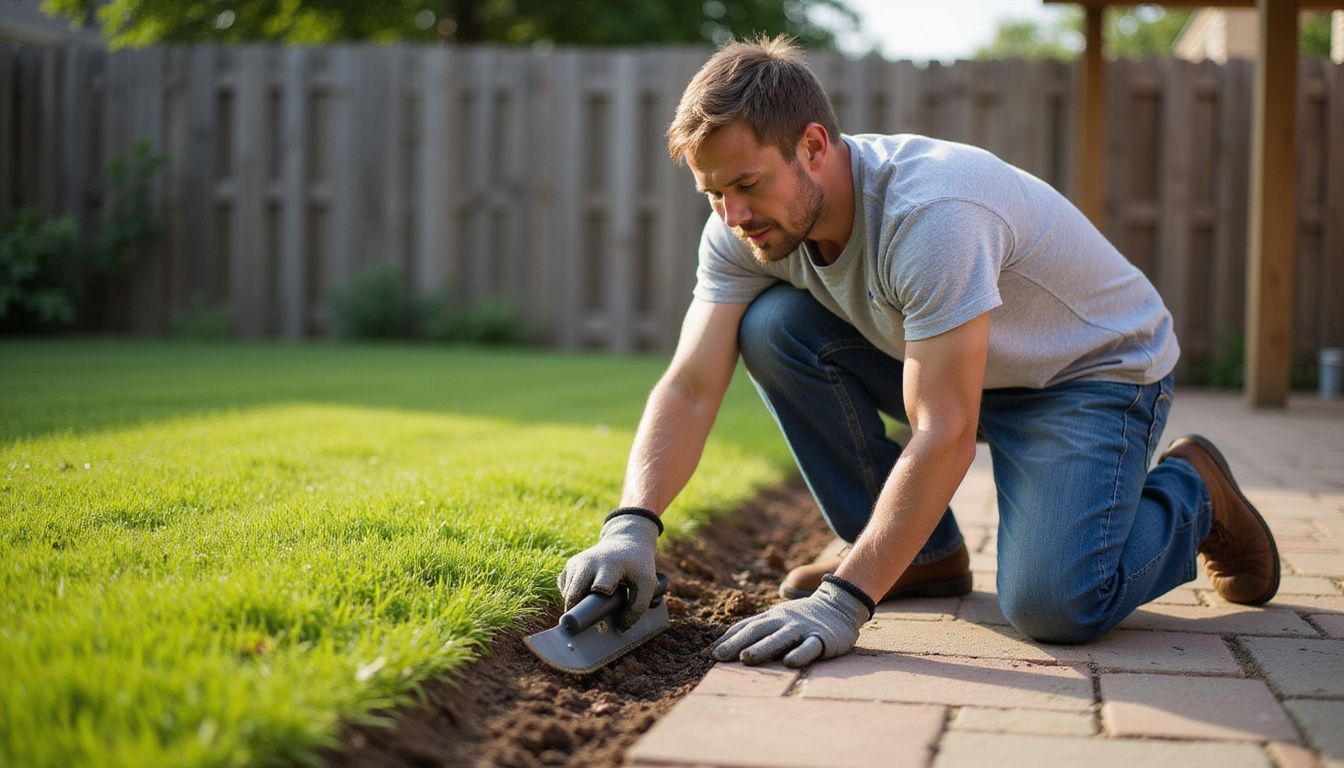When choosing materials for construction, one of the biggest concerns is how long they will last. Precast concrete stands out with a remarkable standard lifespan that often exceeds 100 years.
In this article, we’ll explore the factors that contribute to precast concrete’s longevity and give you tips on ensuring its durability throughout the years. Discover why precast is a trusted choice for enduring structures!
Key Takeaways
- Precast concrete can last beyond 100 years with factors like high – quality materials, correct installation procedures, and proactive maintenance being critical to its durability.
- The use of superior mixtures and additives in precast concrete enhances its resistance to environmental stressors such as corrosion and extreme weather conditions, leading to reduced cracking and longer structural life.
- Ancient Roman structures like the Pantheon demonstrate the long-term durability of precast concrete, while modern examples include significant infrastructure like the Lincoln Tunnel and San Francisco-Oakland Bay Bridge which continue to perform well after decades of usage.
Factors Affecting the Lifespan of Precast Concrete
The quality of materials used and proper installation are crucial factors that determine the longevity of precast concrete. Adequate maintenance also plays a significant role in preserving its durability over time.
Quality of materials used
High-quality materials extend the lifespan of precast concrete, pushing it towards the upper range of 100 years. Manufacturers select superior aggregates, strong cement, and reinforcements to ensure each piece can withstand time and environmental stresses.
They meticulously control the mixtures used in production to prevent early deterioration or weaknesses that could shorten a structure’s life.
Good material quality also enhances precast concrete’s ability to resist corrosion, an essential factor for durability. High-grade materials include admixtures that increase the resistance against harsh weather conditions and chemical attacks.
This attention to quality results in structures less likely to show signs of aging at around the 50-year mark, maintaining strength and performance over decades.
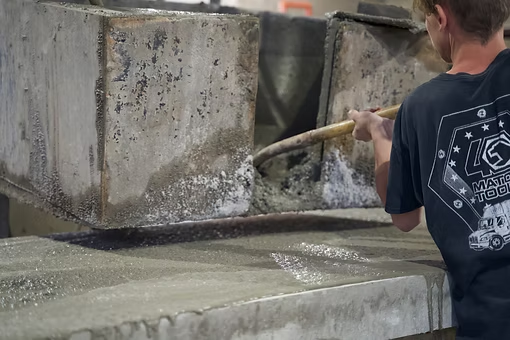
Proper installation
To ensure the longevity of precast concrete, proper installation is crucial. The correct placement and alignment of precast concrete components are essential for their structural integrity and long-term durability.
When precast units are installed accurately, it minimizes the risk of future issues such as cracking, shifting, or compromise in load-bearing capacity. Proper installation also involves the use of high-quality adhesives and sealants to secure joints and protect against moisture infiltration, which can lead to corrosion over time.
Adequate attention to detail during installation significantly contributes to the overall performance of precast concrete structures. Precise positioning and anchorage mechanisms help prevent premature deterioration due to poor design tolerances or inadequate support systems.
Adequate maintenance
Proper maintenance is crucial for prolonging the lifespan of precast concrete structures. Regular inspections and repairs help prevent deterioration over time. Adequate maintenance includes cleaning to remove dirt, debris, and any corrosive substances, as well as applying protective coatings to maintain the material’s integrity.
Additionally, addressing any cracks or damages promptly ensures structural soundness and prevents further degradation. By adhering to a proactive maintenance schedule, precast concrete can continue to provide durability and longevity in various environments.
Adequate maintenance safeguards against potential weathering effects on precast concrete. It involves protecting the surface from moisture intrusion and corrosion through sealants and coatings application.
Advantages of Precast Concrete in Terms of Durability
Precast concrete offers exceptional resistance to corrosion and can withstand extreme weather conditions. It also has a reduced risk of cracking, making it a highly durable option for construction projects.
Resistance to corrosion
Precast concrete exhibits outstanding resistance to corrosion, making it highly durable in various environments. This resilience is due to the quality of materials used and proper installation techniques.
The alkaline environment within precast concrete prevents steel reinforcement from corroding, ensuring a longer lifespan for structures. Additionally, its ability to withstand harsh weather conditions further contributes to its corrosion resistance.
Furthermore, precast concrete’s reduced risk of cracking enhances its longevity and minimizes maintenance requirements. These features make precast concrete an ideal choice for long-lasting and low-maintenance structures in diverse settings.
Resilience against extreme weather conditions
Extreme weather conditions pose a significant challenge to the durability of construction materials. However, precast concrete showcases remarkable resilience against such adversities.
Even when exposed to harsh weather elements like high winds, heavy rainfall, or extreme temperatures, precast concrete structures exhibit exceptional strength and long-term stability.
This is due to its ability to withstand freeze-thaw cycles without compromising its structural integrity. Additionally, the inherent properties of precast concrete make it highly resistant to deterioration caused by prolonged exposure to UV radiation and moisture.
Reduced risk of cracking
Precast concrete offers a reduced risk of cracking due to its high-quality manufacturing process and controlled curing conditions. The use of superior materials and precise mix design contributes to the strength and durability of precast concrete, making it less prone to cracks compared to traditional on-site cast structures.
Additionally, proper reinforcement placement and careful handling during transportation and installation further minimize the potential for cracks in precast elements, ensuring long-term structural integrity.
Furthermore, the resilience of precast concrete against environmental factors such as freeze-thaw cycles, seismic activity, and moisture penetration significantly reduces the risk of cracking over time.
Real-Life Examples of Precast Concrete’s Longevity
Ancient Roman structures, modern precast buildings and infrastructures, and case studies all demonstrate the long lifespan of precast concrete. Read on to learn more about the durability of precast concrete!
Ancient Roman structures
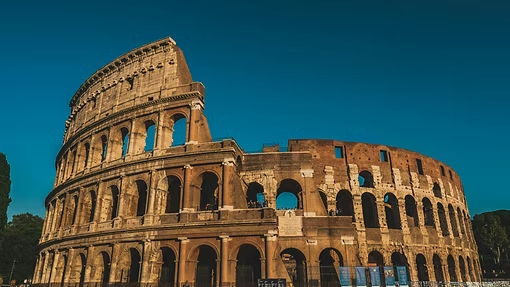
Ancient Roman structures, such as the Pantheon and the Colosseum, stand as enduring testaments to the durability of precast concrete. The longevity of these ancient marvels highlights the exceptional strength and resilience of precast concrete, which has stood the test of time for over 2,000 years.
The advanced engineering and quality materials used in Roman construction have contributed to the remarkable longevity of these iconic structures.
The use of volcanic ash in Roman concrete has been identified as a key factor in its long-lasting durability. This innovative addition provided excellent resistance against chemical corrosion and contributed to its renowned endurance.
Modern precast buildings and infrastructures
Modern precast buildings and infrastructures offer exceptional durability, with a lifespan of over 100 years. They are constructed using high-quality materials and precise manufacturing processes to ensure longevity.
The resilience of precast concrete against extreme weather conditions, corrosion resistance, and reduced risk of cracking contribute to its remarkable durability. Additionally, the strength and low maintenance requirements make precast concrete an ideal choice for long-lasting structures in various environments.
The advanced design and construction techniques employed in modern precast buildings have significantly improved their durability, making them highly resilient against deterioration.
Case studies showing how long precast concrete lasts
Ancient Roman structures made of precast concrete, such as the Pantheon and aqueducts, stand as enduring testaments to its longevity. In modern times, precast concrete has been used in infrastructure projects like bridges and tunnels.
A notable case is the Lincoln Tunnel in New York City, which was constructed with precast concrete segments in 1937 and remains a vital transportation link today.
The San Francisco-Oakland Bay Bridge also showcases the long lifespan of precast concrete components. Built over 80 years ago using precast elements, it continues to safely handle heavy traffic loads while resisting corrosion from the saltwater environment.
Conclusion
In conclusion, precast concrete can potentially last for over 100 years. Factors such as quality of materials, proper installation, and regular maintenance play crucial roles in determining its longevity.
Its resilience against corrosion and extreme weather conditions makes it a durable choice for long-lasting structures. With historical examples like ancient Roman structures and modern case studies, precast concrete’s durability is evident across different time periods.
FAQs
1. How durable is precast concrete?
Precast concrete is known for its strength and durability, able to withstand weathering, aging, and deterioration over many years.
2. Does precast concrete resist corrosion?
Yes, one of the qualities of precast concrete is its resistance to corrosion, which helps maintain its integrity even in harsh environments.
3. What kind of maintenance does precast concrete need?
To keep it in good condition for as long as possible, precast concrete requires minimal but regular maintenance checks to ensure there are no signs of wear or damage.
4. Can the aging process affect the lifespan of my precast concrete structure?
While all building materials age over time, the aging process of precast concrete is slow due to its inherent strength, meaning it can last decades before showing significant signs of wear.
Recent Posts
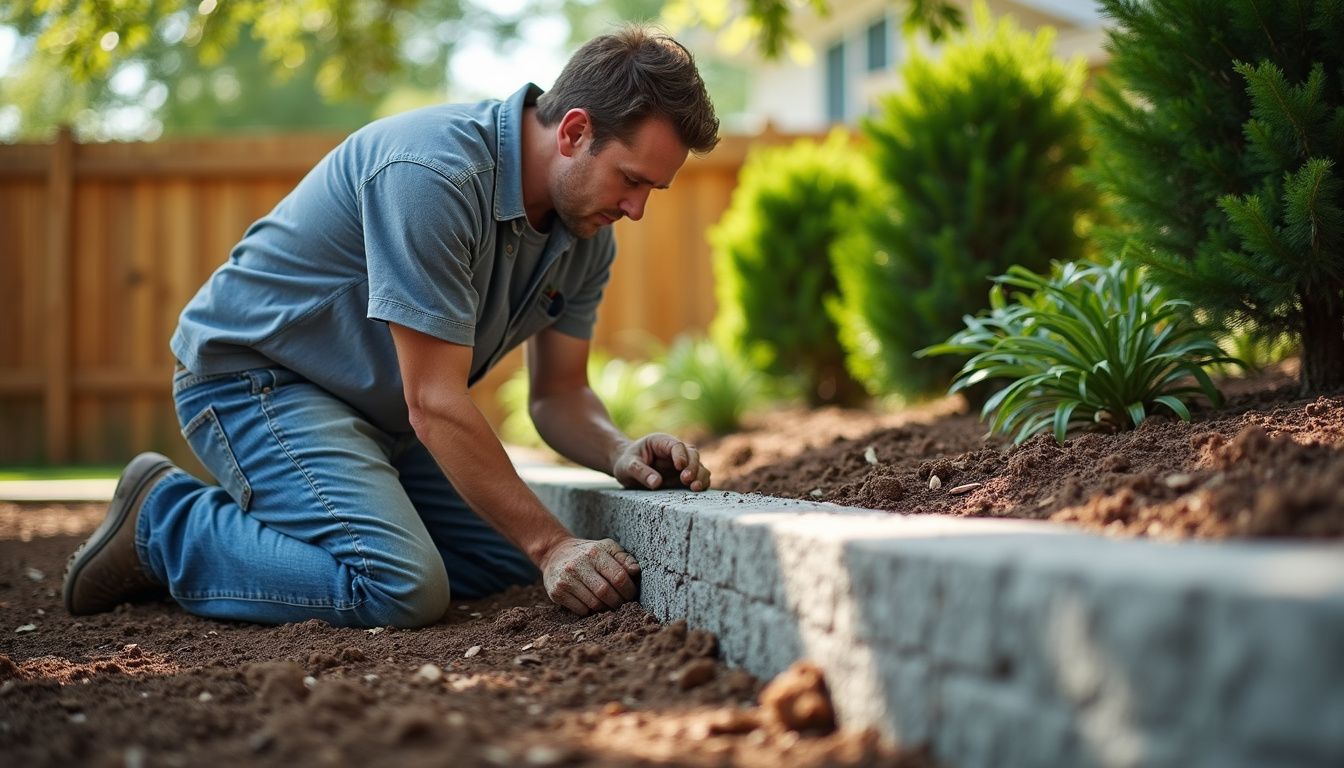
Why Landscaping Pros Prefer Precast Concrete Over Poured-in-Place
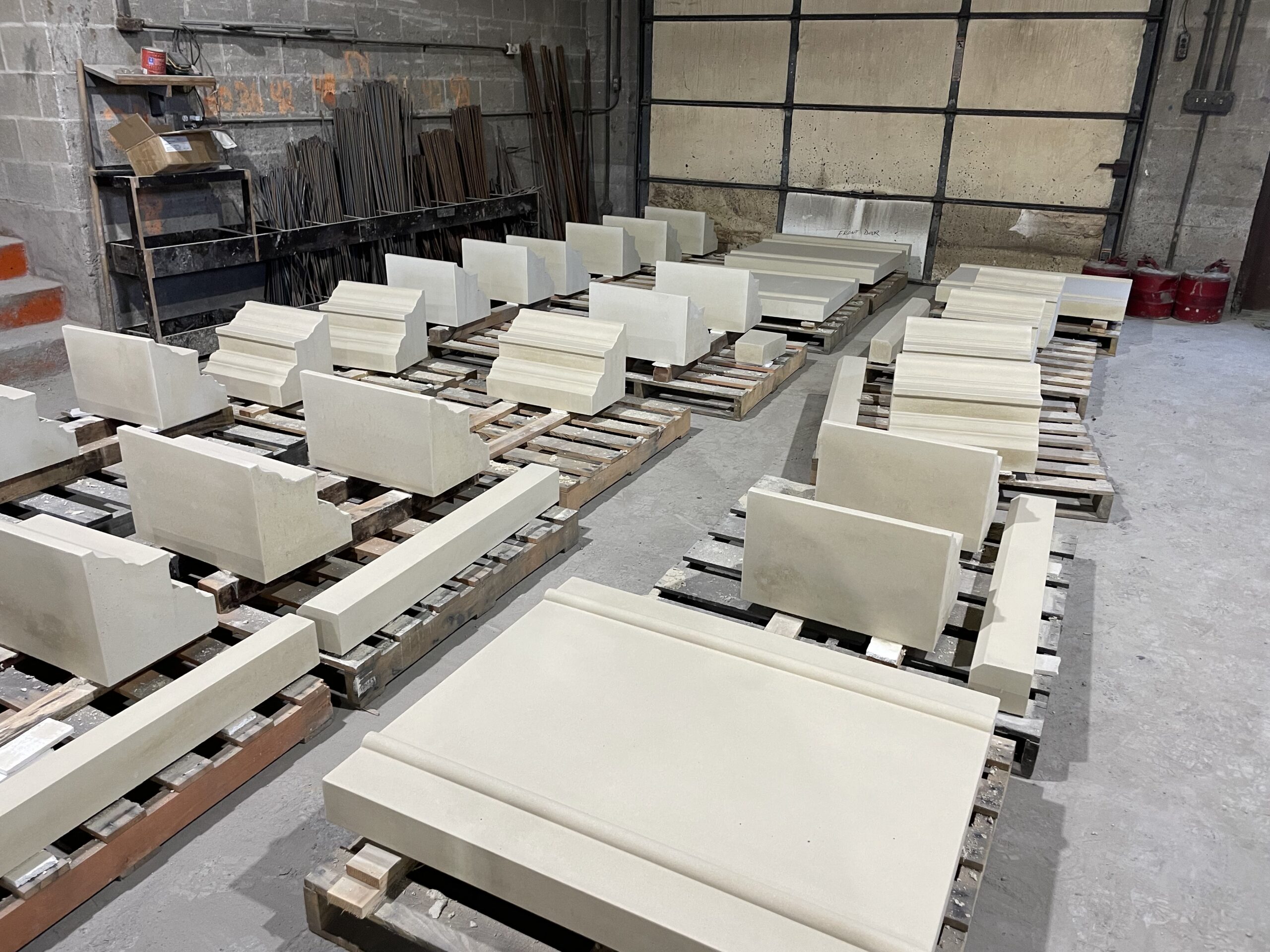
Why & How is Precast Concrete Prestressed?
